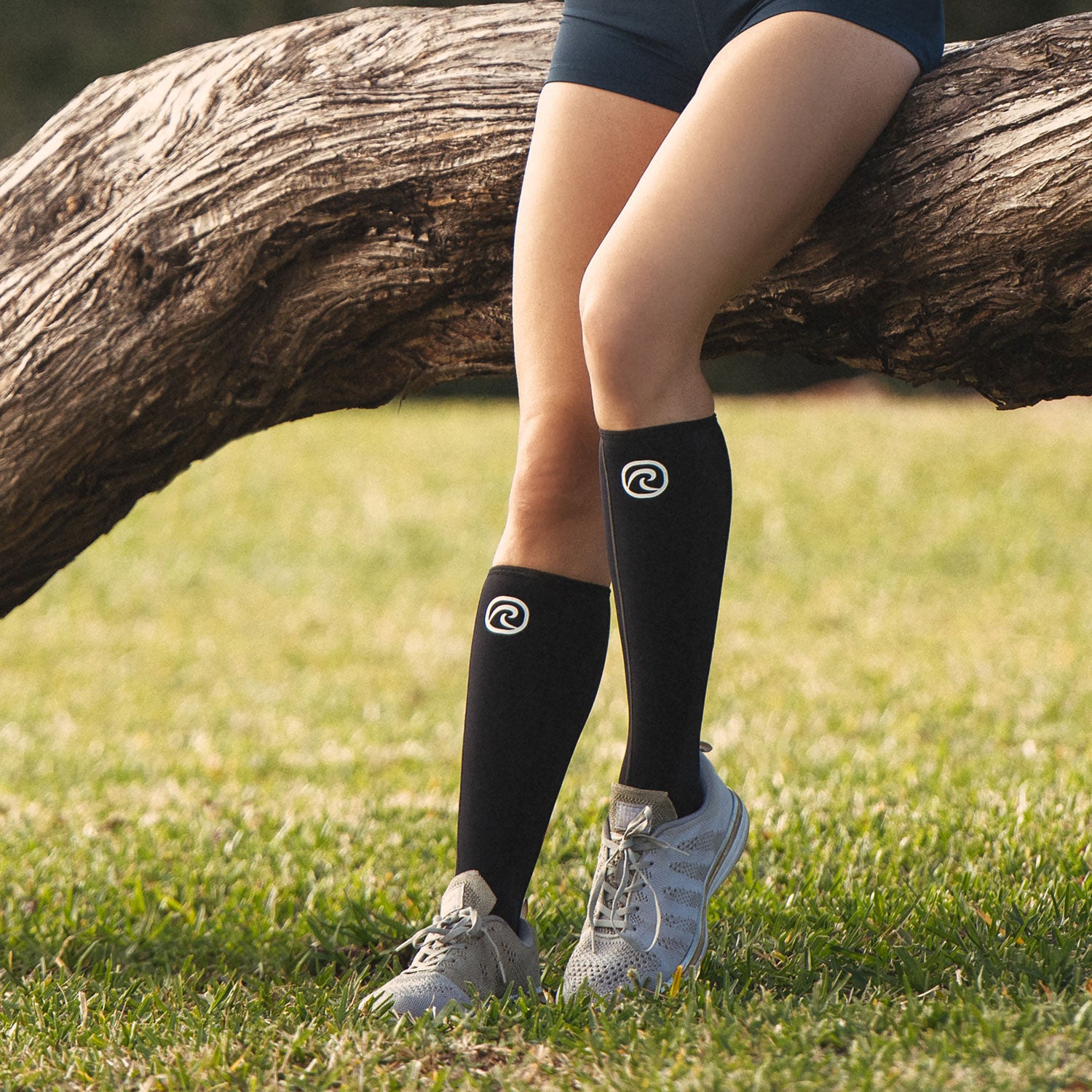
Ankle Sprain - Ligament Damage on the Outside of the Foot
Ligament damage on the outside of the foot, often referred to as a lateral ankle sprain, is a prevalent injury, particularly in high-impact sports like handball. This type of injury commonly occurs when an athlete jumps and lands awkwardly, causing the foot to roll inward (a motion known as supination). The lateral ligaments, which are on the outer side of the ankle, can stretch or tear as a result of this unnatural movement.
The most affected ligaments are the anterior talofibular ligament (ATFL), the calcaneofibular ligament (CFL), and the posterior talofibular ligament (PTFL). These ligaments are critical in stabilizing the ankle joint and preventing excessive movements. When these ligaments are damaged, it can lead to pain, swelling, bruising, and difficulty bearing weight.
The severity of the sprain is classified into three grades: Grade I (mild), where the ligament is stretched but not torn; Grade II (moderate), involving partial tearing; and Grade III (severe), where the ligament is completely torn. Imaging techniques like X-rays or MRIs can be used to confirm the extent of ligament damage, especially for Grade III injuries. While most acute ligament injuries do not require surgical intervention, immediate and appropriate management is crucial for effective recovery.
How to Take Action when suffering an Ankle Sprain
Treatment typically involves the P.R.I.C.E. protocol: Protection, Rest, Ice, Compression, and Elevation. Resting the injured foot prevents further damage, while ice helps reduce swelling and pain. Compression through an elastic bandage and elevating the foot above heart level can also aid in decreasing inflammation.
In addition to P.R.I.C.E., early active rehabilitation exercises are recommended to restore range of motion, strength, and stability. This may include stretching, strengthening exercises, and balance training. In cases where the sprain is severe or complications arise, a healthcare professional may consider more advanced treatments, including physical therapy or, rarely, surgery.
Recovery time varies depending on the injury's severity, ranging from a few weeks for mild sprains to several months for more severe cases. Prevention strategies include proper warm-ups, strengthening exercises for the ankle, and using supportive footwear to reduce the risk of future injuries.
Possible Causes
- Landing awkwardly after a jump
- Rolling the foot inward (supination) during physical activity
- Sudden twists or turns of the ankle
- Weak or imbalanced ankle muscles
- Poorly fitting or unsupportive footwear
Symptoms
- Pain on the outer side of the foot or ankle
- Swelling and bruising around the ankle
- Difficulty bearing weight on the affected foot
- Stiffness and reduced range of motion
- Tenderness to touch
Treatment
- P.R.I.C.E. Protocol: Protection, Rest, Ice, Compression, and Elevation
- Physical Therapy: Exercises to restore strength and flexibility such as muscle activation on the balance board can be performed regularly in the future to avoid recurrence of the injury
- Ankle Bracing: To provide support and stability during recovery and increase safety, prevent injury from recurring and accelerate rehabilitation
- Gradual Rehabilitation: To improve range of motion and balance
- After the initial acute phase, progressive loading is vital to prevent chronic instability
* Notice: In case of suffering from any of these symptoms, please consult a doctor for advice and further treatment possibilities!
Recommended Rehband Products

Periostitis
Discover essential information on periostitis, including its causes, symptoms, and effective treatments. Learn how this common lower leg injury affects athletes, particularly runners and jumpers, and find strategies for prevention and recovery to enhance your performance.

Heel Pain
Learn more about key insights on heel pain in active children and adolescents, including common causes like overstraining and conditions such as Sever's disease. Learn about symptoms, treatment options, and recovery strategies to support young athletes' health and performance.





